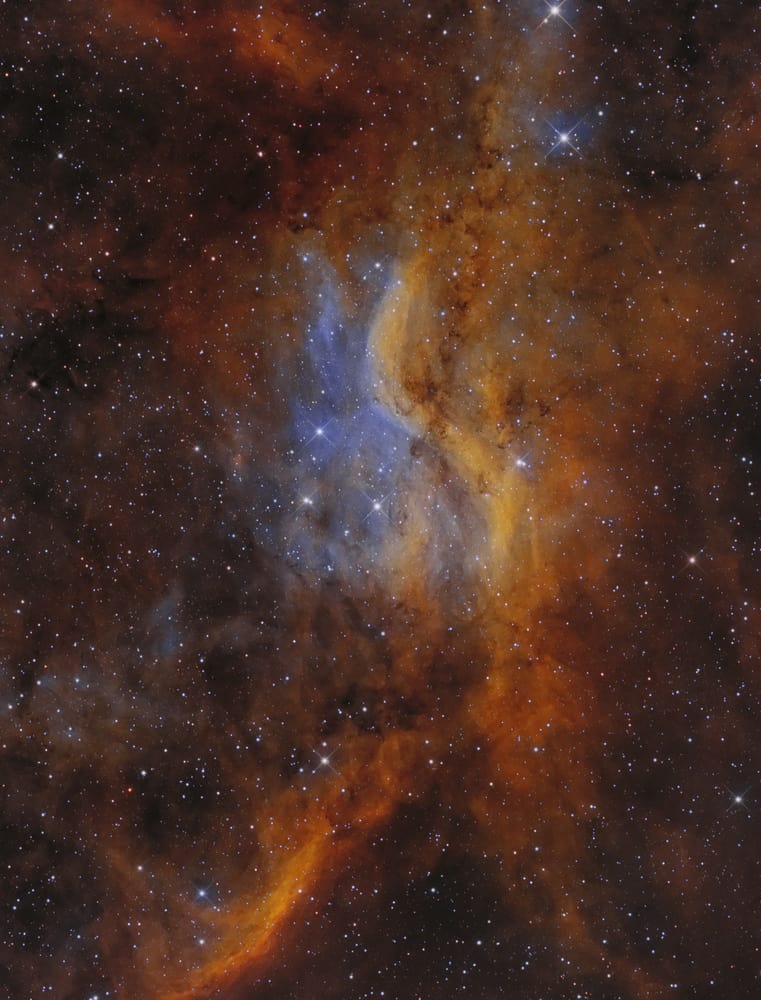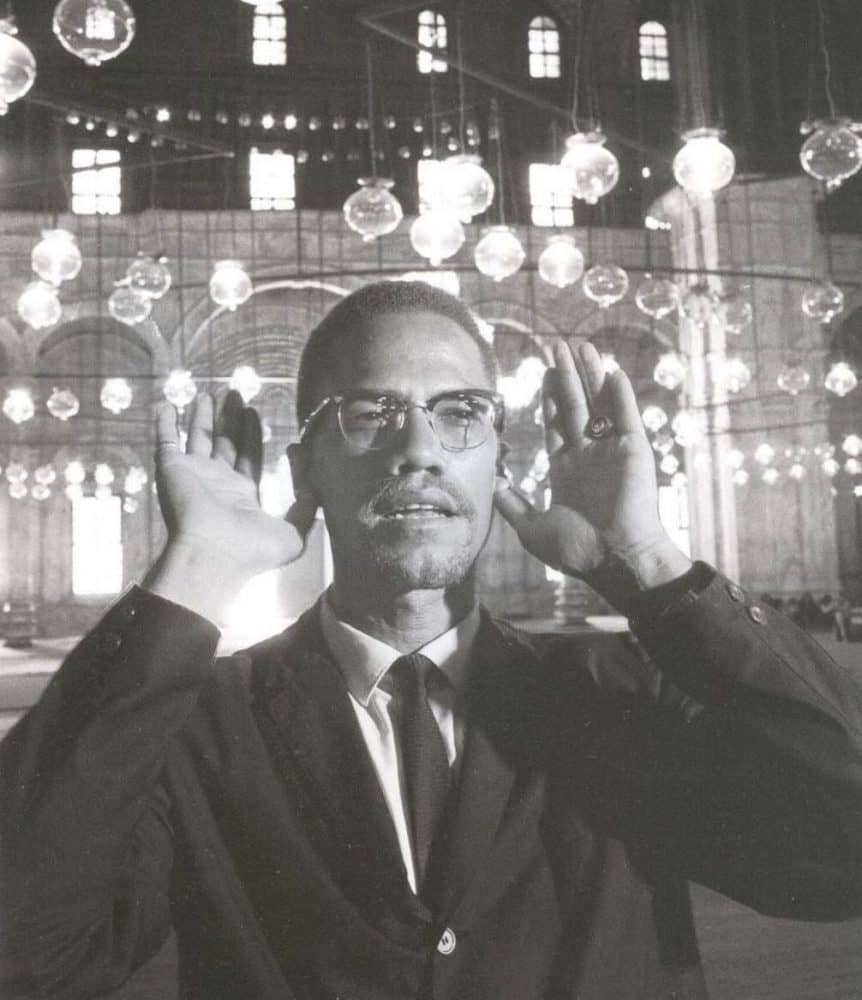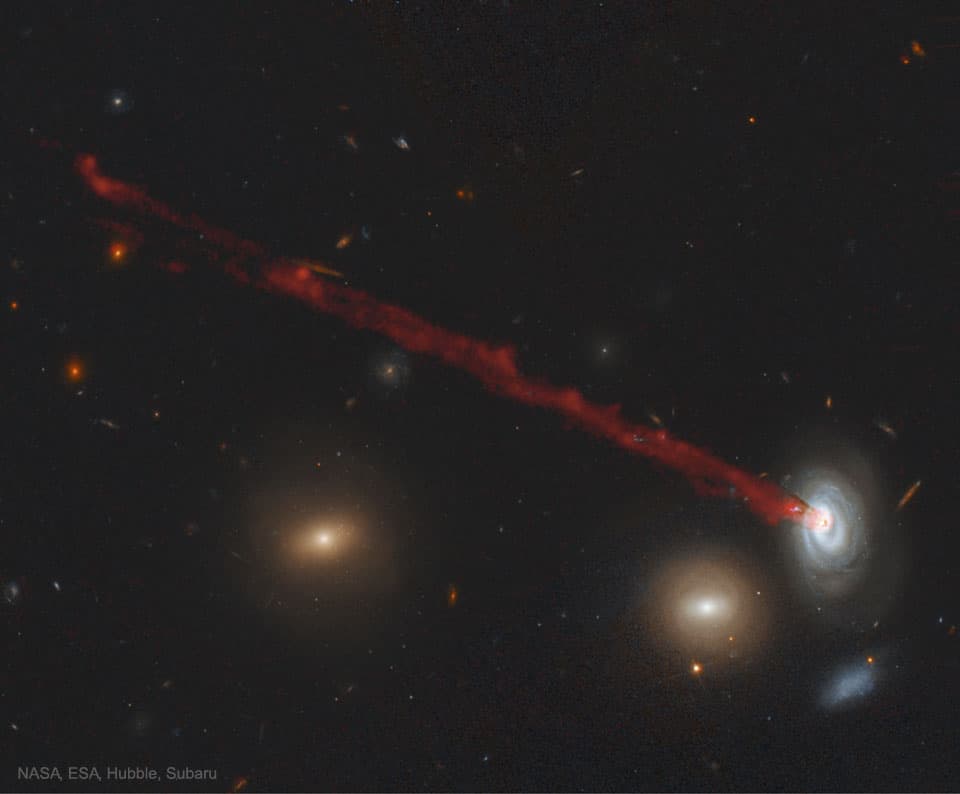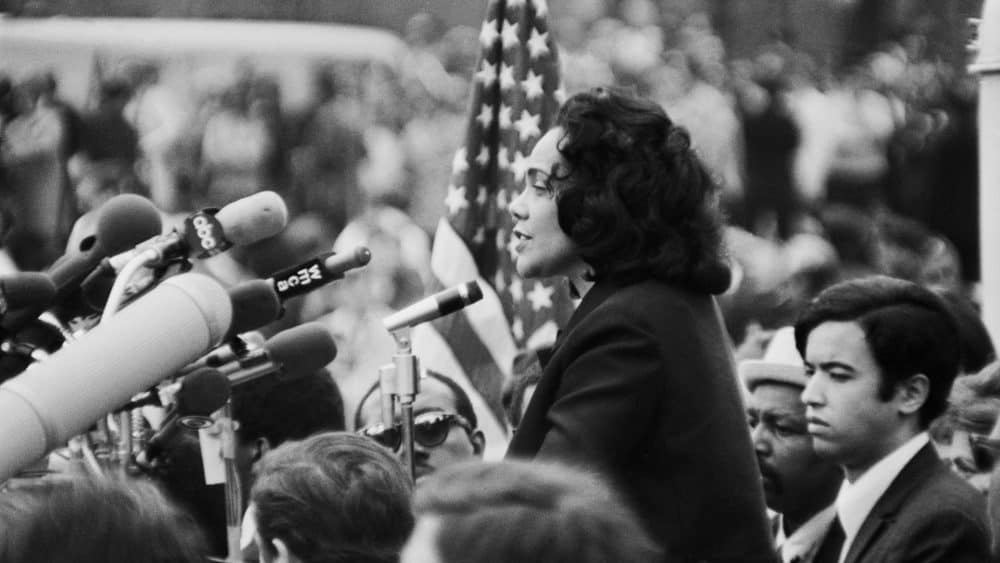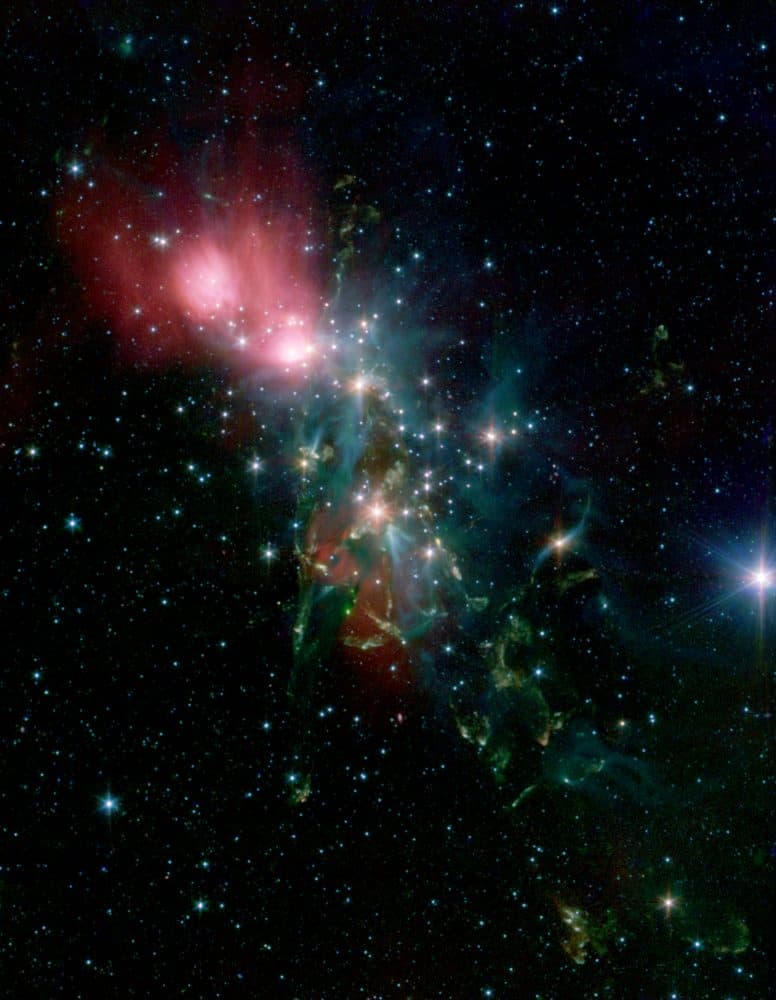Blog
Ahmed Abdul-Malik (born Jonathan Tim, Jr.; January 30, 1927 – October 2, 1993) was a jazz double bassist and oud player.
Abdul-Malik is remembered for integrating Middle Eastern and North African music styles in his jazz music. He was a bass player for Art Blakey, Earl Hines, Randy Weston, and Thelonious Monk, among others.
Abdul-Malik claimed that his father was from Sudan and moved to the United States. Research by historian Robin Kelley, however, indicates that Abdul-Malik was born to Caribbean immigrants and changed his birth name.
more...David Roy Eldridge (January 30, 1911 – February 26, 1989), nicknamed “Little Jazz“, was an American jazz trumpet player. His sophisticated use of harmony, including the use of tritone substitutions, his virtuosic solos exhibiting a departure from the smooth and lyrical style of earlier jazz trumpet innovator Louis Armstrong, and his strong impact on Dizzy Gillespie mark him as one of the most influential musicians of the swing era and a precursor of bebop.
Eldridge was born on the North Side of Pittsburgh, Pennsylvania on January 30, 1911, to parents Alexander, a wagon teamster, and Blanche, a gifted pianist with a talent for reproducing music by ear, a trait that Eldridge claimed to have inherited from her. Eldridge began playing the piano at the age of five; he claims to have been able to play coherent blues licks at even this young age.
more...https://www.youtube.com/watch?v=K_O4BrwHWH4
more...
“We have to uphold a free press and freedom of speech – because, in the end, lies and misinformation are no match for the truth.”
The Propeller Nebula (Simeis 57, MRSL 497 or incorrectly DWB 111) is a part of the much larger emission nebula complex Cygnus X in the constellation Cygnus. … Bieritz in 1969, cataloging 193 distinct objects as part of their study of Hα-emission nebula in the Cygnus X region of the sky.
more...Franco Cerri (born January 29, 1926) is an Italian guitarist and double bassist. He is considered one of the most important European jazz musicians.
Cerri was born in Milan and learned to play guitar when he was 17. In 1945 he became a member of the group led by Gorni Kramer and joined the orchestra of the television show Buone vacanze. He played double bass in addition to guitar starting in the 1950s, such as with Chet Baker and Buddy Collette. He has also played with Dizzy Gillespie, Johnny Griffin, Stéphane Grappelli, Lars Gullin, Billie Holiday, Lee Konitz, Gerry Mulligan, Lou Bennett, Bud Shank, Tony Scott, Django Reinhardt, Phil Woods, and the Modern Jazz Quartet. He cites as influences Django Reinhardt, Barney Kessell, and René Thomas.
more...James Lee Jamerson (January 29, 1936 – August 2, 1983) was an American bass player. He was the uncredited bassist on most of the Motown Records hits in the 1960s and early 1970s (Motown did not list session musician credits on their releases until 1971), and is now regarded as one of the most influential bass players in modern music history. He was inducted into the Rock and Roll Hall of Fame in 2000. As a session musician he played on 30 Billboard #1 hits, as well as over 70 R&B #1 hits, more than any other bass player in both categories.
In its special “Bass Player’s 100 Greatest Bass Players” issue in 2017, Bass Player Magazine named Jamerson the greatest bass player. In 2011, Jamerson ranked third in The “20 Most Underrated Bass Guitarists” in Paste magazine.
A native of Edisto Island (near Charleston), South Carolina, Jamerson moved with his mother to Detroit, Michigan in 1954 and began playing in Detroit area blues and jazz clubs. He continued performing in Detroit clubs after graduating from high school, and his increasingly solid reputation started providing him opportunities for sessions at various local recording studios. Starting in 1959, he found steady work at Berry Gordy‘s Hitsville U.S.A. studio, home of the Motown record label. He played bass on the Marv Johnson single “Come to Me” (1959), John Lee Hooker album Burnin’ (1962) and The Reflections‘ “(Just Like) Romeo and Juliet” (1964).
more...Eddie Taylor (January 29, 1923 – December 25, 1985) was an American electric blues guitarist and singer.
Born Edward Taylor in Benoit, Mississippi, as a boy Taylor taught himself to play the guitar. He spent his early years playing at venues around Leland, Mississippi, where he taught his friend Jimmy Reed to play the guitar. With a guitar style deeply rooted in the Mississippi Delta tradition, Taylor moved to Chicago, Illinois, in 1949. Taylor never achieved the stardom of some of his contemporaries in the Chicago blues scene, he was nevertheless an integral part of that era. He is especially noted as a main accompanist for Jimmy Reed; he also worked for John Lee Hooker, Big Walter Horton, Sam Lay, and others. Earwig Music Company recorded him with Kansas City Red and Big John Wrencher for the album Original Chicago Blues. He later teamed up with Earring George Mayweather, and they jointly recorded several tracks, including “You’ll Always Have a Home” and “Don’t Knock at My Door”. Several of these were released as singles, of which “Big Town Playboy” and “Bad Boy”, issued by Vee Jay Records, were local hits in the 1950s, but Taylor’s singles generally were not commercially successful. Later, in “semi-retirement”, Taylor was the regular lead guitarist with Peter Dames and the Chicago River Blues Band, later known as Peter Dames and the Rhythm Flames.
more...Several sources reported the passing of Palestinian ud (oud) master Adel Salameh on January 23, 2019.
Palestinian ‘ud player and composer, Adel Salameh was born in Nablus, Palestine, in 1966. He started performing as a soloist while still living in the Arab World, but emigrated to Europe in 1990.
He quickly established a reputation as one of the finest performers of the ‘ud. He performed in more than thirty countries including Japan, Australia, Singapore, Hong Kong, South Africa, and numerous countries in North Africa and Europe.
When performing as a soloist or with musicians from a variety of musical backgrounds, Adel believed that music is an excellent tool to build bridges between various cultures. In an effort to tackle these cultural barriers, he worked with Turkish, Spanish, Indian, French, English, Israeli and jazz musicians.
more...“You can’t separate peace from freedom because no one can be at peace unless he has his freedom.”
more...
The streak is made mostly of glowing hydrogen that has been systematically stripped away as the galaxy moved through the ambient hot gas in a cluster of galaxies. Specifically, the galaxy is spiral galaxy D100, and cluster is the Coma Cluster of galaxies. The red path connects to the center of D100 because the outer gas, gravitationally held less strongly, has already been stripped away by ram pressure. The extended gas tail is about 200,000 light-years long, contains about 400,000 times the mass of our Sun, and stars are forming within it. Galaxy D99, visible to D100’s lower left, appears red because it glows primarily from the light of old red stars — young blue stars can no longer form because D99 has been stripped of its star-forming gas. The featured false-color picture is a digitally enhanced composite of images from Earth-orbiting Hubble and the ground-based Subaru telescope. Studying remarkable systems like this bolsters our understanding of how galaxies evolve in clusters.
more...Sarah Ann McLachlan, OC, OBC (born January 28, 1968) is a Canadian singer and songwriter known for her emotional ballads and mezzo-soprano vocal range. As of 2009 she had sold over 30 million albums worldwide. McLachlan’s best-selling album to date is Surfacing, for which she won two Grammy Awards (out of four nominations) and four Juno Awards. In addition to her personal artistic efforts, she founded the Lilith Fair tour, which showcased female musicians on an unprecedented scale. The Lilith Fair concert tours took place from 1997 to 1999, and resumed in the summer of 2010. On May 6, 2014, she released her first album of original music in four years, titled Shine On.
Was born on January 28, 1968, in Halifax, Nova Scotia, Canada, and placed with the McLachlan family who later legally adopted her. She played music from a very young age, beginning with the ukulele at age four. She would go on to study classical guitar, classical piano, and voice at the Maritime Conservatory of Music through the curriculum of The Royal Conse.
more...Bill Ware III born William Anthony Ware III (b. January 28, 1959, East Orange, New Jersey) is an American jazz vibraphonist.
Ware played bass and piano early in his career, playing at the Harlem Jazzmobile. After spending several years playing Latin jazz, he formed his own Latin Jazz group, AM Sleep. He joined the Jazz Passengers in 1987, and in 1990 put together a group of sidemen as the Club Bird All-Stars, who accompanied him on a tour of Japan. Alongside this, he played with Groove Collective and Steely Dan in the first half of the 1990s. Later in the decade he teamed up with fellow former Jazz Passengers, Brad Jones and E. J. Rodriguez, in the ensemble Vibes. His 2001 tribute to Duke Ellington was recorded with Marc Ribot on guitar. Deborah Harry guested on his 2002 effort Four. In the mid-2000s, Ware did several projects blending jazz with Western classical musicas well as 5 film scores (with fellow Jazz Passengers bandmate Roy Nathanson).
more...Charles Henry Tate, known as Baby Tate (January 28, 1920 – August 17, 1972) was an American Piedmont blues guitarist, who in a sporadic career spanning five decades worked with the guitarists Blind Boy Fuller and Pink Anderson and the harmonica player Peg Leg Sam. His playing style was influenced by Blind Blake, Buddy Moss, Blind Boy Fuller, Josh White, Willie Walker, and to some extent Lightnin’ Hopkins.
Tate was born in Elberton, Georgia, and was raised in Greenville, South Carolina. As an adolescent, he started performing locally, after seeing Blind Blake in Elberton.
more...“Freedom and justice cannot be parceled out in pieces to suit political convenience. I don’t believe you can stand for freedom for one group of people and deny it to others.” Coretta Scott King
more...
Dusty NGC 1333 is seen as a reflection nebula in visible light images, sporting bluish hues characteristic of starlight reflected by dust. But at longer infrared wavelengths, the interstellar dust itself glows – shown in red in this false-color Spitzer Space Telescope image. The penetrating infrared view also shows youthful stars that would otherwise still be obscured by the dusty clouds which formed them. Notably, greenish streaks and splotches that seem to litter the region trace the glow of cosmic jets blasting away from emerging young stellar objects as the jets plow into the cold cloud material. In all, the chaotic scene likely resembles one in which our own Sun formed over 4.5 billion years ago. NGC 1333 is a mere 1,000 light-years distant in the constellation Perseus.
more...More Posts
- Duke Ellington
- Flamenco Fridays Rancapino Hijo
- Daily Roots with Prince Douglass
- Cosmos 67P/Churyumov–Gerasimenko
- Oliver Jackson
- Steve Khan
- John Tchicai
- Mario Bauzá
- NO WAR STOP PUTIN DakhaBrakha
- Daily Roots Heptones
- MAYDAY 2022
- Cosmos NGC 3372
- Jim Keltner
- Freddie Waits
- Connie Kay
- Denzil Best
- STOP THE WAR IN UKRAINE IGNEA
- Daily Roots King Kong
- Cosmos The Hickson Compact Group 40
- Preston Love

